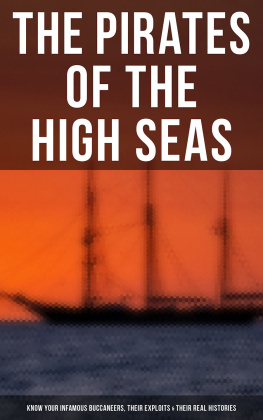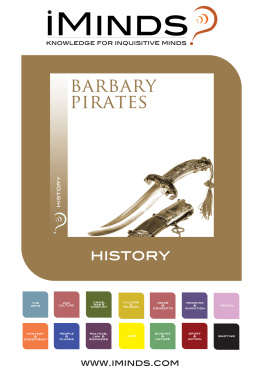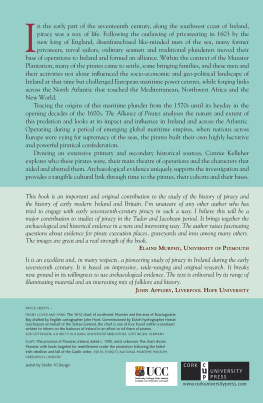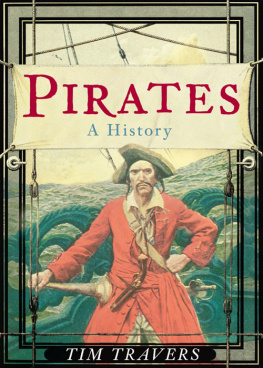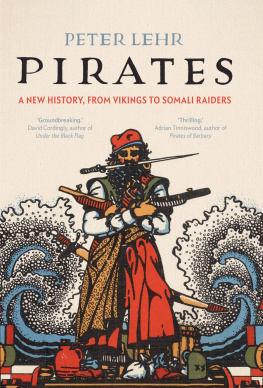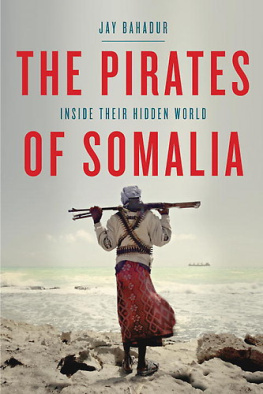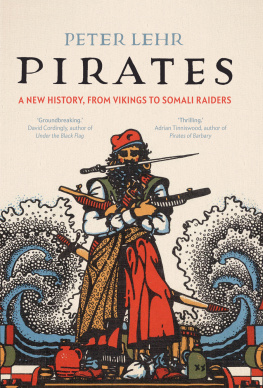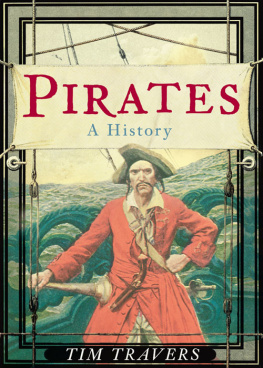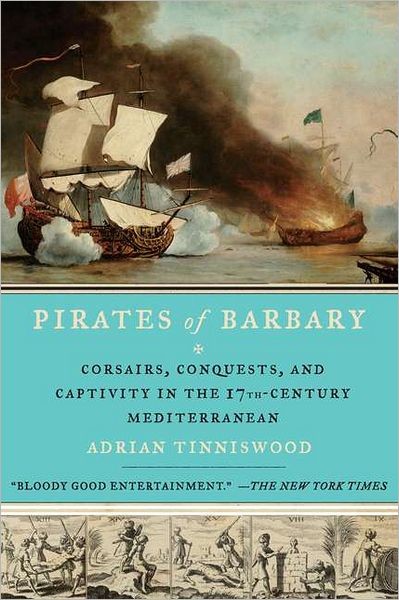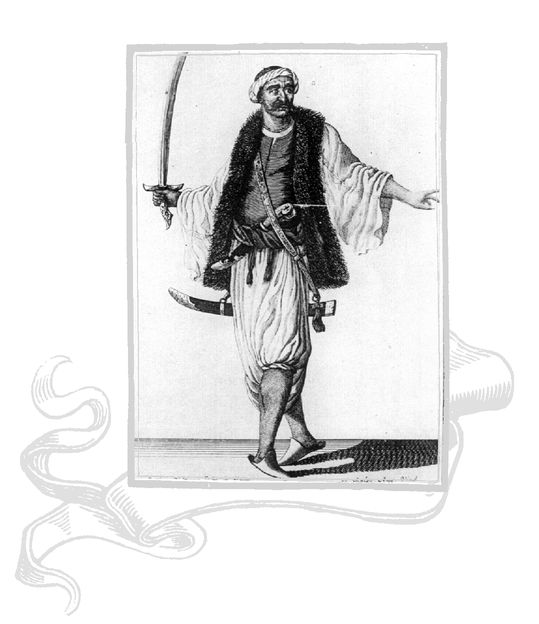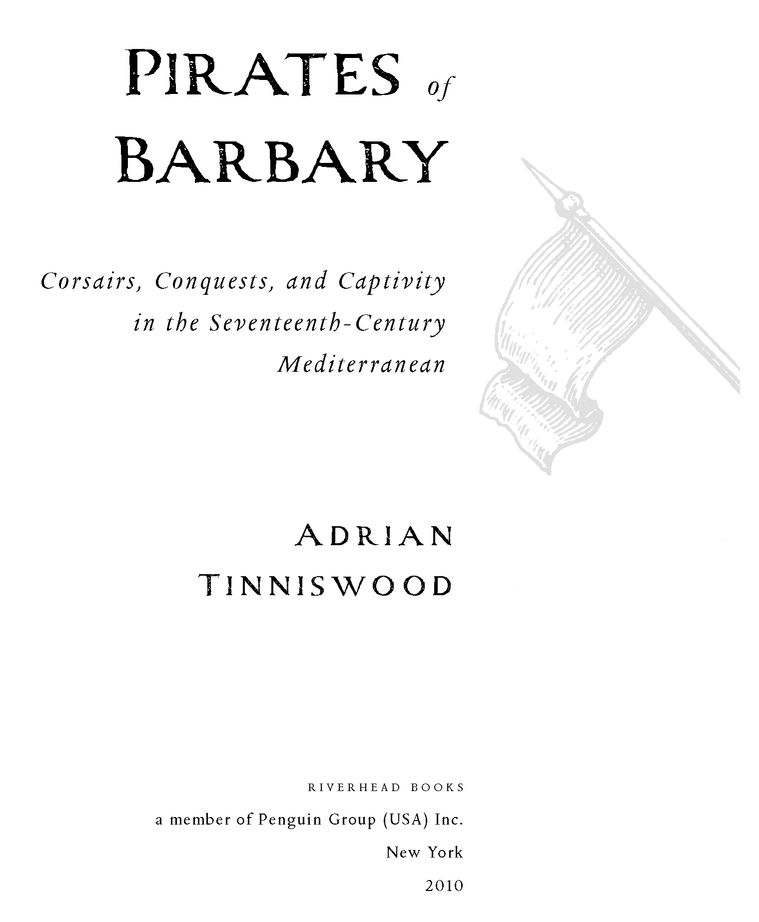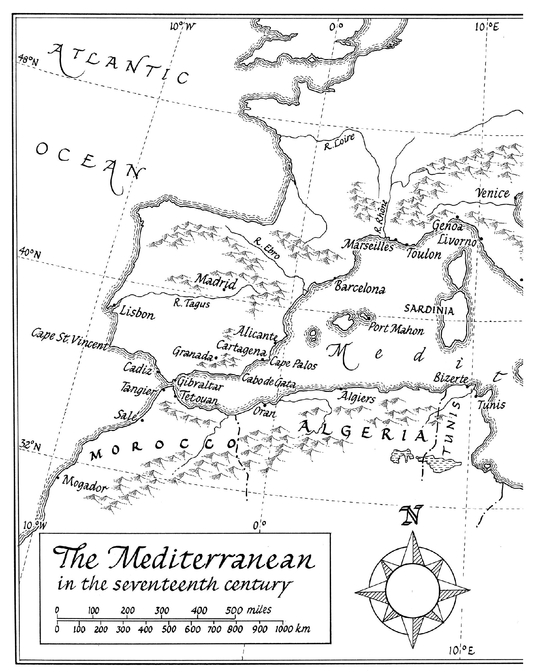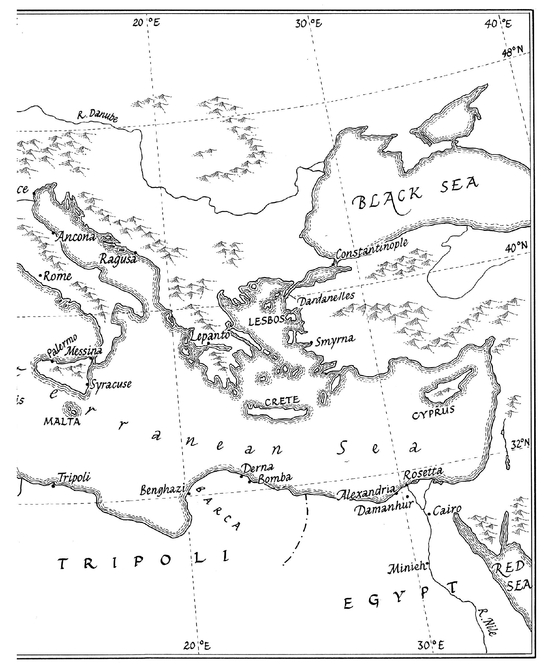Table of Contents
ALSO BY ADRIAN TINNISWOOD
The Verneys: A True Story of Love, War, and Madness
in Seventeenth-Century England
By Permission of Heaven: The True Story of the Great Fire of London
His Invention So Fertile: A Life of Christopher Wren
The Art Deco House
The Arts & Crafts House
The Polite Tourist: Four Centuries of Country House Visiting
Visions of Power: Ambition and Architecture from Ancient Times to the Present
Life in the English Country Cottage
Country Houses from the Air
The National Trust: Historic Houses of Britain
RIVERHEAD BOOKS
Published by the Penguin Group
Penguin Group (USA) Inc., 375 Hudson Street, New York, New York 10014, USA
Penguin Group (Canada), 90 Eglinton Avenue East, Suite 700, Toronto, Ontario M4P 2Y3,
Canada (a division of Pearson Penguin Canada Inc.) Penguin Books Ltd, 80 Strand,
London WC2R 0RL, England Penguin Ireland, 25 St Stephens Green, Dublin 2,
Ireland (a division of Penguin Books Ltd) Penguin Group (Australia), 250 Camberwell
Road, Camberwell, Victoria 3124, Australia (a division of Pearson Australia Group Pty Ltd)
Penguin Books India Pvt Ltd, 11 Community Centre, Panchsheel Park, New Delhi-110 017,
India Penguin Group (NZ), 67 Apollo Drive, Rosedale, North Shore 0632,
New Zealand (a division of Pearson New Zealand Ltd) Penguin Books (South Africa)
(Pty) Ltd, 24 Sturdee Avenue, Rosebank, Johannesburg 2196, South Africa
Penguin Books Ltd, Registered Offices: 80 Strand, London WC2R 0RL, England
Copyright 2010 by Adrian Tinniswood
Map of the Mediterranean copyright by Reginald Piggott
All rights reserved. No part of this book may be reproduced, scanned, or distributed
in any printed or electronic form without permission. Please do not participate in or
encourage piracy of copyrighted materials in violation of the authors rights. Purchase
only authorized editions.
Library of Congress Cataloging-in-Publication Data
Tinniswood, Adrian.
Pirates of Barbary : corsairs, conquests, and captivity in the seventeenth-century
Mediterranean / Adrian Tinniswood.1st American ed.
p. cm.
eISBN : 978-1-101-44531-0
1. PiratesMediterranean RegionHistory17th century. 2. PiratesAfrica,
NorthHistory17th century. 3. Mediterranean RegionHistory1517-1789.
4. Africa, NorthHistory1517-1882. I. Title.
DT201.T56 2010b 2010023421
909.09822096dc22
While the author has made every effort to provide accurate telephone numbers and Inter-net addresses at the time of publication, neither the publisher nor the author assumes any responsibility for errors, or for changes that occur after publication. Further, the publisher does not have any control over and does not assume any responsibility for author or third-party websites or their content.
http://us.penguingroup.com
For Carol, Clive, and David:
absent friends
Imagine (as thou readest) that thou hearest the cannon playing.
JOHN BUTTON, Algiers Voyage (1621)
And there were some who went on the sea jihad and found fame.
AHMAD BIN MOHAMMAD AL-MAQQARI (c. 1621)
PREFACE
Pirates are history.
The history of my own obsession with them goes back nearly ten years, to a time when I was researching a seventeenth-century English family, the Verneys. In 1608 a country squire named Sir Francis Verney fell out with his mother-in-law, walked out on his teenage wife, and went to North Africa, where he became a Muslim and embarked on a brief but spectacular career as a Barbary Coast pirate. How did that happen, I wanted to know. Did other Englishmen turn Turk like Sir Francis? I discovered that they did. And then I wanted to know what life was like for this community of renegades that operated at the interface of Christendom and Islam, a community that seemed to move effortlessly between those two worlds.
As I looked for answers to those questions, I discovered the stories which make up this booktales of bravery, brutality, and betrayal, tales in which heroes and villains changed roles in the blink of an eye, like the characters in some Cold War spy novel. I found that robbery on the high seas was far from being the private enterprise Id imagined it to be: behind it lay a sophisticated system of socialized crime, state-sanctioned and state-regulated, an early and efficient example of public-private partnership. And I came to understand the enormous economic importance of the Mediterranean trade in slaves, a trade which took the liberty of around one million Europeans and at least as many North Africans in the course of the seventeenth century.
While I was working on the cluster of interlocking narratives which make up Pirates of Barbary, stories of modern-day piracy started to appear in the news. First it was Indonesia. Then there were reports of Nigerian pirates using small speedboats to hijack fishing vessels off the West African coast. There were an average two attacks a week in 2007, increasing to two a day in the first month of 2008.
But it was the Somalis who really captured my attention. Adopting the same tactics as the Nigeriansthe same tactics, in fact, as the Barbary pirates I was writing aboutgroups of Somali militiamen began to prey on merchant ships as they passed along the coast of Somalia, which, at 1,880 miles, is the longest in Africa. Some of their weapons were differentrusty Kalashnikovs and dodgy-looking grenade launchers rather than culverins and cutlassesbut others hadnt changed in 400 years. They still relied, for example, on shock and awe, intimidation and physical courage. There were 130 robberies and attempted robberies on the high seas involving Somali pirates in 2008. A Ukrainian cargo ship packed with antiaircraft guns, rocket-propelled grenades, and Russian tanks was hijacked that September, and two months later pirates captured the $150 million Sirius Star, a colossal supertanker three times the size of an aircraft carrier.
Pirates are history? History was repeating itself. As I wrote of how a handful of men using small boats, scaling ladders, and sheer nerve had managed to hold the world to ransom in the seventeenth century, I watched on TV as a handful of men using small boats, scaling ladders, and sheer nerve were managing to hold the world to ransom in the twenty-first. And the sums involved were enormous. It cost the owners of the Ukrainian cargo ship, the M.V. Faina, $3.2 million to get their vessel back. The Sirius Star with its crew and its cargo of two million barrels of crude oil was handed over in exchange for $3 million.




